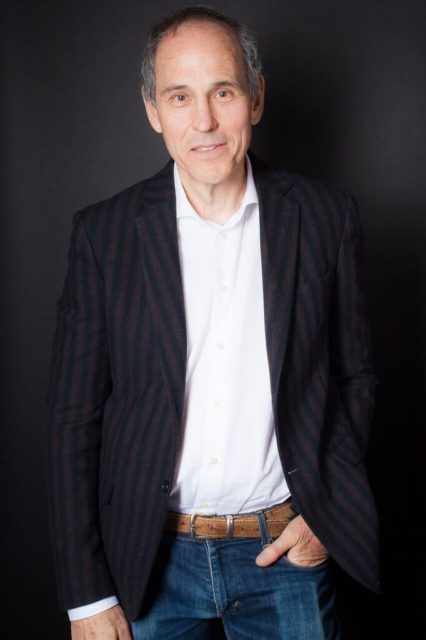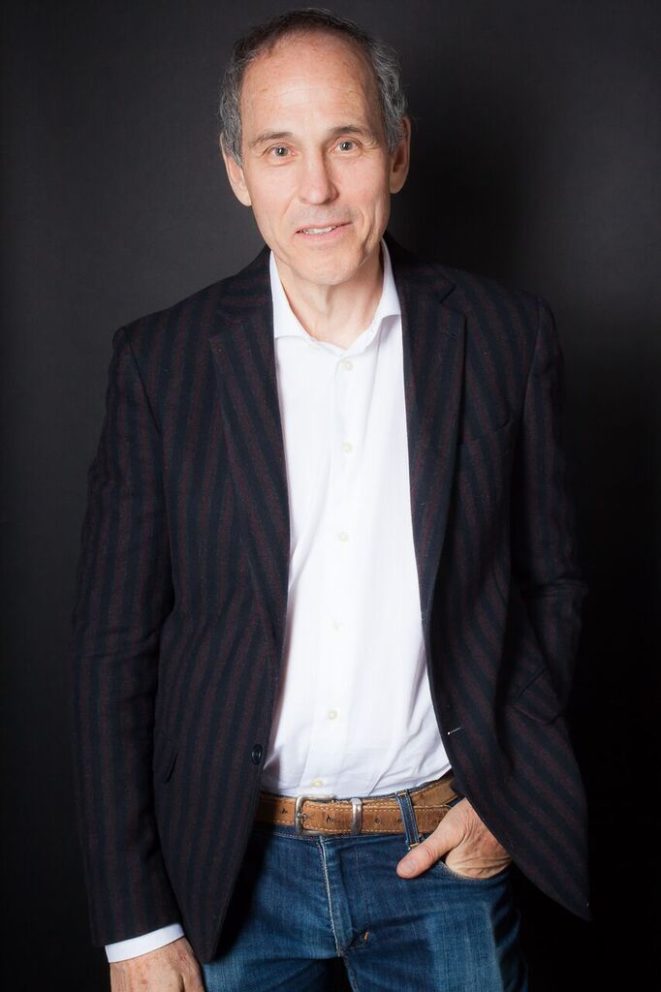Having worked as an artist in education for four decades, I have been dismayed, over the last decade, at the diminishment that arts education has experienced within the call for standardization and with the excuse that there just isn’t time for additional programming. Thankfully the pendulum is starting to slowly swing back, as parents and local districts realize the failure of standardization as a true measure of a good education.
Great teachers are artists who bring out the creative thinking of each individual in their classroom. Preachers, teachers, and storytellers, are all of a pattern, creating a moment of inspiration when possibility becomes connected to the practical. As a storyteller, and teaching artist, I understand that collaborating in the classroom with the sharing of stories isn’t just entertainment, but, rather, provides a powerful tool to open pathways to discovery. Let me share two examples.
At The Learning Center for Exceptional Children in Clifton, New Jersey, my storytelling program has shown the extraordinary power of stories to engage the whole person, emotionally, sensually, and intellectually. The students have a large range of disabilities, but, even so, the extraordinary experience of words and writing has changed lives, whether in the moment when a girl who has been mute speaks a word, or when an intellectually disabled boy provides the images for a wonderful poem.
Drawing on the varied backgrounds of the students at TLC, we created activities to go with our stories, choosing to cook a different food every week as we told stories and wrote Odes to Food. Even the most compromised of the children responded to the multiple learning styles that storytelling incorporated into their school and cooking experience The highlight for me was the beautiful poem inspired by Anthony’s story of visiting his grandmother in the Dominican Republic.
The Secret Ingredient is Love
Near the monkeys, Under the leaves Of a big, big tree,
The root becomes yellow and green crescent moons.
Chop, slice, taste,
Smooth and hard becomes gooey.
A sweet rot fills me with the memory of grandma and I dancing.
And then a plate of plantain, rice and beans,
Smacking lips of love.
A second example, this time In a public school situation, at Glenfield Middle School in Montclair, the STEAM lead teacher, Delia Maloy Furer, invited me to tell stories to coordinate with her 6-8th grade classes. Steve Jobs said, “I didn’t invent anythng. I looked and saw what was there that no one else could see.” As I work in schools, I have noticed that the difference between elite 21st century educational curricula and run of the mill 21st Century educational curricula is not STEM, but STEAM – Science, Technology, Engineering, Art, and Mathematics. In order to be a creator and innovator, in order to use the tools of problem solving, in order to gather and evaluate evidence to make sense of information and make decisions, one must think like an artist, not just analytically, but also synectically, creatively joining disparate pieces of information to discover what is there that no one else can see.
With Ms Furer, I explored issues of cilmate change. We created poems and plays to reinforce the curriculum themes of climate change, recycling, and innovative technology. We wrote poems and thematic slogans many of which became the core of art projects built with recycled material. . Team building and collaboration were encouraged and, for two of our sessions, we wrote and performed short scenes based on how the students imagined the world in 100 years. While climate change was a major discussion, we also discussed problem solving and how dystopia could be transformed into utopia, stories supported by the folkloric images of the Hero’s Journey and the life cycle.
When artists collaborate with teachers, we inspire both student and teacher to look further than the test, consider more than the right answers. Artists inspire as in the Latin to breathe. When an artist works in a school, learning becomes a common breath, a communal connection that has a physical and psychological reality. We become as one and draw upon and appreciate the depth of humanity’s multiple intelligences. Genius is the Genie which the process of storytelling liberates from the emprisonment of assumption.


